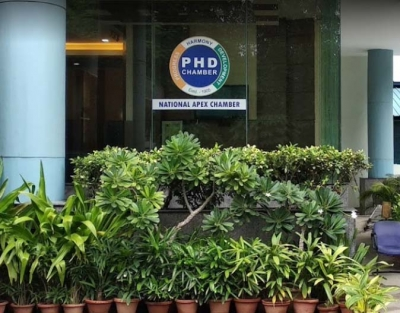
New Delhi, Nov 3 (IANS) The PHD Chamber of Commerce and Industry (PHDCCI) on Monday called on the government to set up a dedicated Department of Critical Minerals and implement ‘aggressive mineral diplomacy’ to protect India from global supply-chain risks.
In a brainstorming session organised by the industry body, experts called for increased focus on the development of a full critical minerals supply chain — from exploration to extraction, processing, value-added development, and commercialisation to marketing — as done by China under its National Mission approach.
Anil Chaudhary, Senior Member, Minerals & Metals Committee, PHDCCI, and former Chairman, SAIL, complimented the government for identifying 30 critical minerals and called for the inclusion of coking coal in the list of critical minerals.
India has been importing 90 per cent of the coking coal requirement, worth $15 billion, every year, which is likely to double in the next 10-12 years, he reminded.
Speakers emphasised the need for inter-ministerial coordination, stockpiling and keeping buffer inventories, as done by the US in the oil & gas sector. They also stressed the need for reduced bureaucratic obstacles and incentives for private investment in critical mineral exploration and processing.
Chaudhary mentioned that critical mineral supplies are susceptible to trade and geopolitical problems, and hence, India should form strategic partnerships with smaller, resource-rich nations like Congo, Mozambique, Afghanistan and certain Latin American countries to decrease reliance on China.
Deepak Bhatnagar, Secretary General, Pellet Manufacturers’ Association of India, advocated for a holistic and time-bound mission-mode approach for the development of critical minerals, on the lines of Mission Agni, started by former President of India Dr APJ Abdul Kalam.
Abhinav Sengupta, Associate Director, PricewaterhouseCoopers, emphasised that the energy transition will be critical mineral-intensive, as EVs are 6 times more mineral-intensive than conventional vehicles (due to batteries), and solar PV and onshore wind are around three times more mineral-intensive than conventional sources.
–IANS
aar/pk




